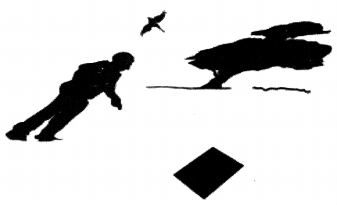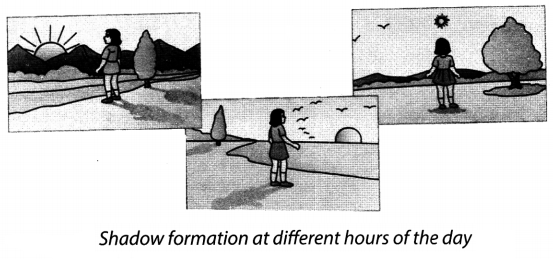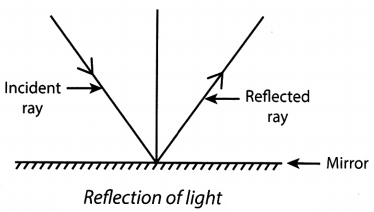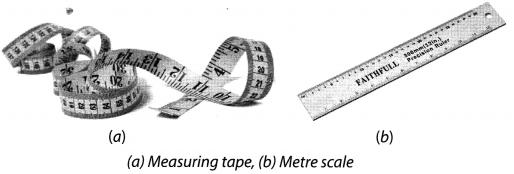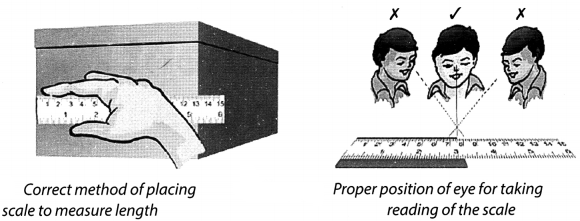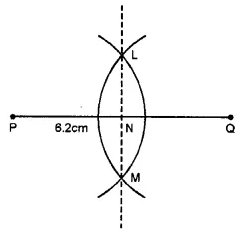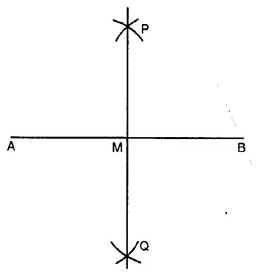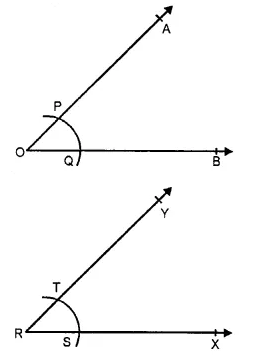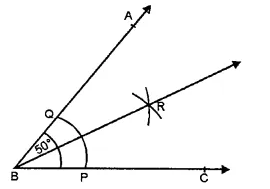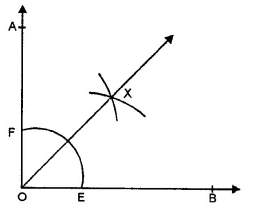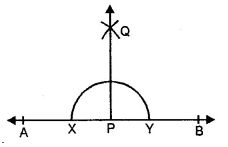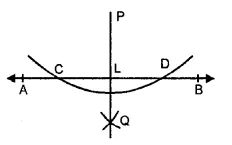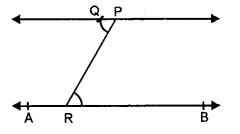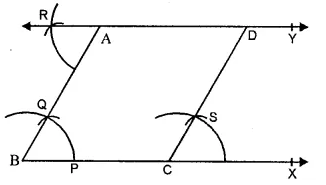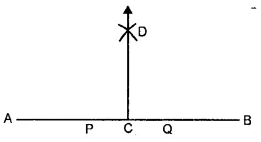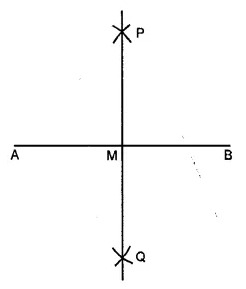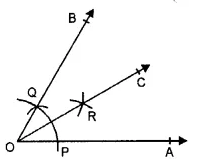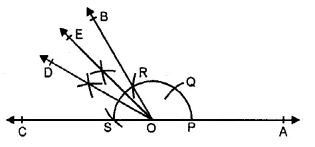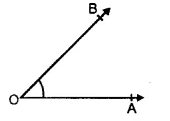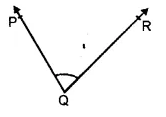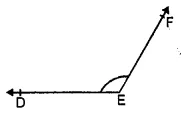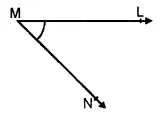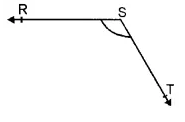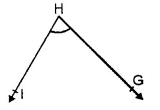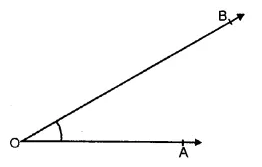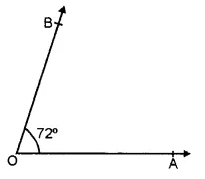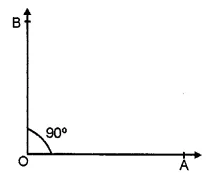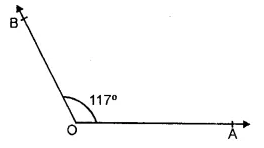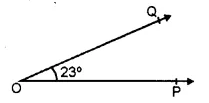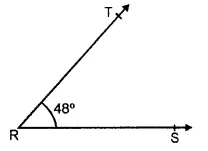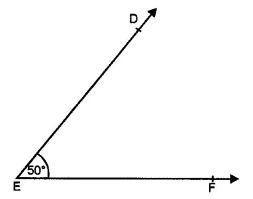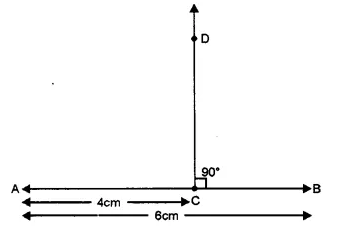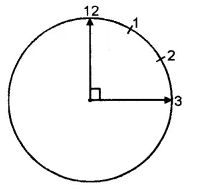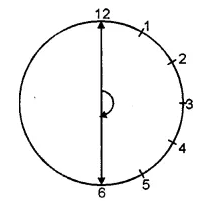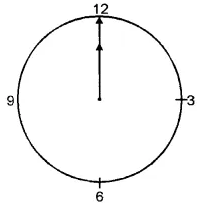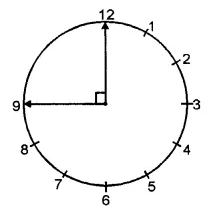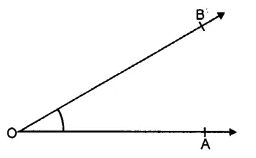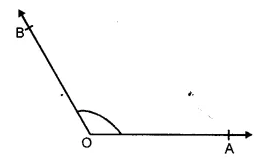On this page, you will find Electricity and Circuits Class 6 Notes Science Chapter 12 Pdf free download. CBSE NCERT Class 6 Science Notes Chapter 12 Electricity and Circuits will seemingly help them to revise the important concepts in less time.
CBSE Class 6 Science Chapter 12 Notes Electricity and Circuits
Electricity and Circuits Class 6 Notes Understanding the Lesson
1. Electricity is a form of energy. It has made our life comfortable and luxurious.
2. Electricity is useful in many ways such as lighting, heating, running various domestic appliances like electric fans, coolers, air conditioners, washing machines, computers, etc.
3. An electric cell is a device which produces a small amount of electricity. It has two terminals, one is positive (+ve) while the other is negative (-ve). It is the most common source of electricity used in various appliances such as radio, torch, remote, etc.
4. An electric cells is of two types:
- Primary cell and
- Secondary cell.
5. Primary cell: A cell which stops producing electricity when the chemicals are used up completely. It is ‘ used in a torch, clock, toy, etc.
6. Secondary cell: A cell that can be recharged using electricity. Once the chemicals inside such cells are used up, they are recharged and they start producing electricity. It is used in mobile phone, car batteries, laptops, etc.
7. An electric bulb is a device that runs on electricity. It glows when | electric current passes through it. It has a filament that is connected to its terminals.
8. The thin wire in the bulb which emits light is called filament of the bulb. It is made up of tungsten metal. It has high resistance for current and has high melting point. It does not get oxidised even at very high temperature.
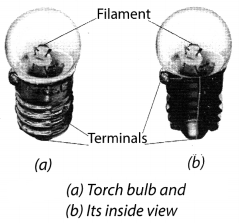
9. The combination of two or more than two cells is called battery.
10. An electric switch is a simple ‘on’ and ‘off device that allows or stops the flow of current, without disturbing its connections.
11. The path along which the electric current flows is called a circuit. It is the complete path, from one terminal of the cell (say positive) through the bulb and back to the other terminal (say negative). The circuit must be complete for an electric current to flow.
12. A circuit where connections are not intact is an incomplete circuit or open circuit whereas a circuit with all connections intact is a complete circuit or closed circuit.
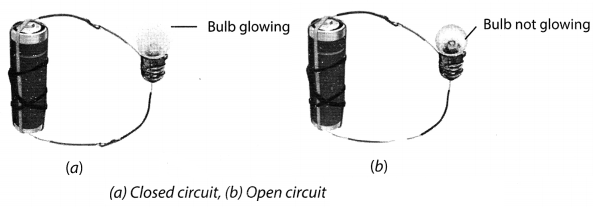
13. The bulb with a broken filament is called a fused bulb. Such a bulb cannot give light.
14. The materials which allow the electric current to pass through them are called Most of the metals are conductors like gold, silver, copper, etc. Beside metals, moist air, salt solution, impure water are also conductors of electricity. Our body is also a good conductor of electricity.
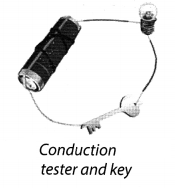
15. The materials which do not allow electric current to flow through them are called insulators; e.g., mica, dry air, pure water, ebonite, glass, wood, etc.
16. There is a device called conduction tester to test whether the given material is a conductor or insulator.
Class 6 Science Chapter 12 Notes Important Terms
Electricity: It is a form of energy which is carried through wires and is used to operate various machines.
Electric cell: It is a source of electricity used in most of the appliances of our daily use such as radio, remote, audio system, etc.
Battery: A combination of two or more electric cells is called battery.
Electric bulb: An electric bulb is one of the simplest electrical device that runs on electricity. It gives us light only when the filament inside it gets heated to a high temperature.
Filament: The thin metal wire of tungsten inside a bulb, which glows when an electric current is passed through it, due to heating effect.
Electric switch: An electric switch is a simple device which can allow or stop the flow of current.
Electric circuit: The complete closed path from one terminal of the electric cell through the bulb and back to the other terminal of the cell is known as electric circuit.
Conductors: The materials through which the electric current can pass are called conductors.
Insulators: The materials through which the electric current cannot pass are called insulators.
Terminals: The connecting points of an electric device are called terminals. One endpointis called as positive (+ve) terminal and the other one as negative (-ve) terminal.
